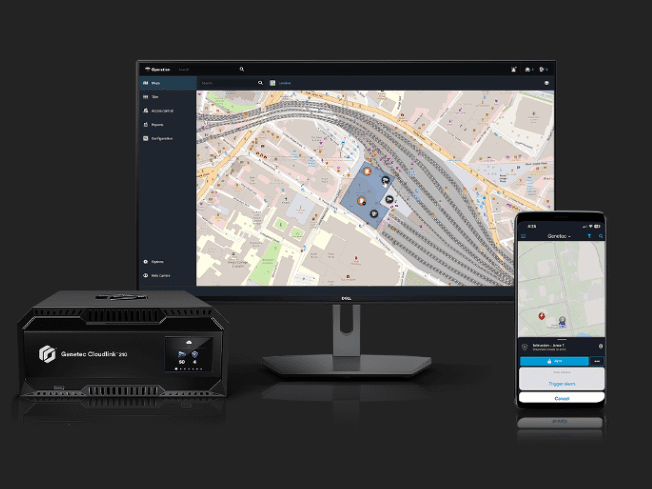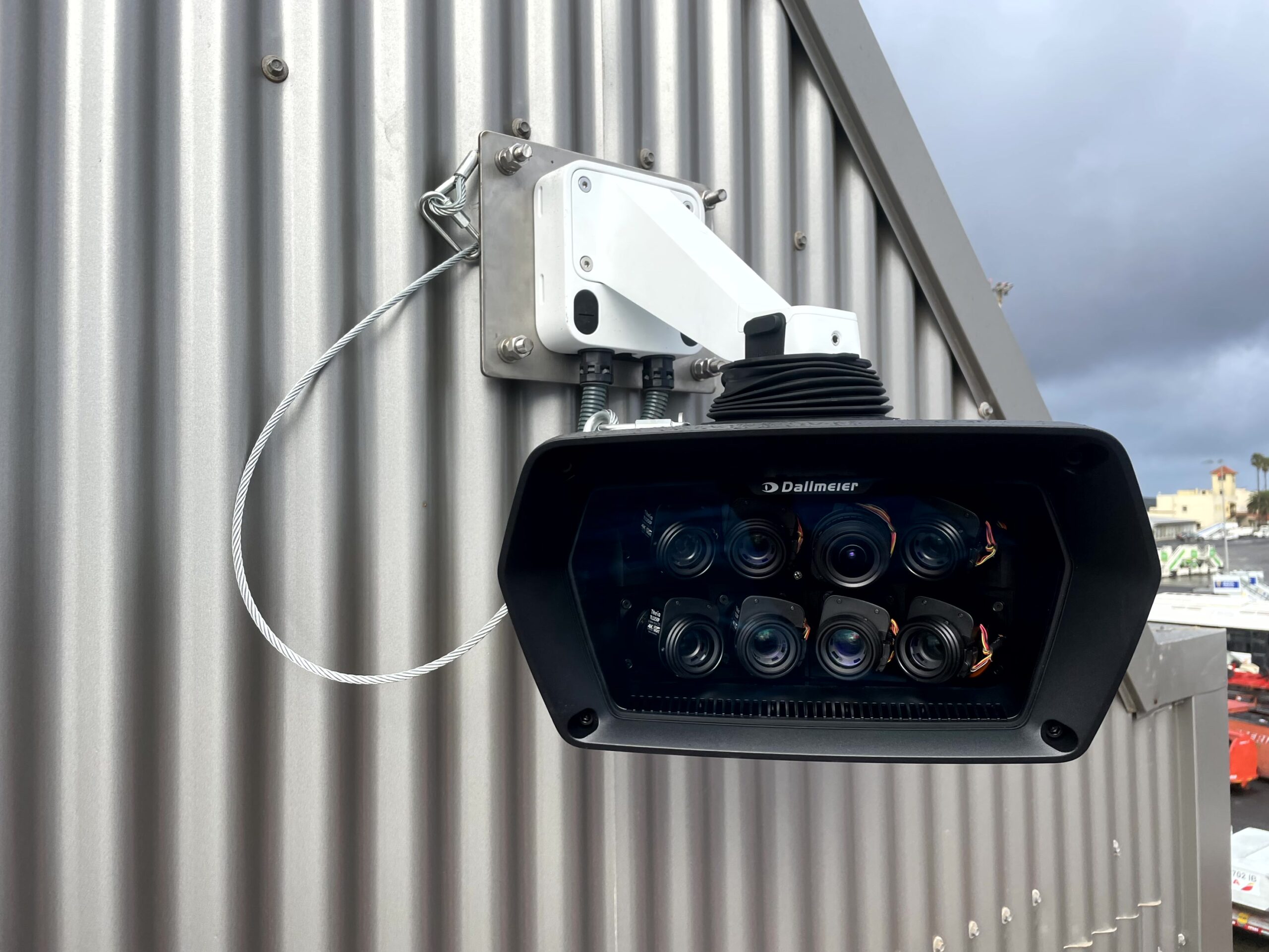
By Ian Moore, Managing Director, Elmdene International Limited
Contrary to what some of its proponents may argue graffiti, that appears without permission, is far from being a ‘victimless’ crime or a harmless means of ‘self expression’. As for it being a piece of modern art, how would you like it across your home or building? Unless you have been sprayed by Banksy and can remove the section of wall to sell on then I think not! Experience suggests that problems with graffiti need to be tackled head-on in a proactive manner to stop them soaring out of control and encouraging other forms of disorder and criminal damage.
Despite the adoption in recent years of costly conventional measures to address the issue – such as easy-clean coatings – a walk through any of our urban areas offers a stark reminder that sadly, we are far from winning the battle to curtail this highly visible, and damaging, form of anti-social behaviour. This worrying reality underlines the pressing need for new thinking. Moving ahead we are likely to see technology-based, rather than physical or coating solutions, coming to the fore. In this regard there is tremendous potential for the roll-out of measures, such as an intelligent acoustic graffiti detector, which can identify the actual sound of aerosol spray paint cans being activated, in graffiti hotspots allowing, rapid, decisive steps to be taken from the activation of an alarm to the alerting of the authorities.
Facing up to the Challenge
So what can be done to address soaring graffiti attacks and to prevent this criminal damage encouraging a wider spectrum of anti-social behaviour? Historically a number of approaches have been adopted in an attempt to tackle the problem, with mixed results. One method has simply been to deploy additional physical measures such as fencing to prevent offenders gaining access to certain hotspots which can certainly help to reduce attacks in a limited number of locations. The downside here is that this option is material, time, and labour intensive and is not always a practical, economically viable, or aesthetically pleasing answer as many of the locations where graffiti is found tend to be in public areas, or very large spaces.
In recent years, other solutions have also started to come to prominence. Anti-graffiti measures such as special coatings for walls are now being widely applied. However even this is not foolproof. Although it helps to avoid re-painting or specialist removal, there is still the initial cost to consider and, crucially, the need for cleaning to take place following an incident. This obviously has additional financial implications given the prevalence of repeated strikes and the increased challenge for taggers to try and keep one step ahead of the cleaning crews.

Sound Solution
From the evidence above it is clear that there is a requirement for a proactive alternative, one which provides the opportunity to deliver an alert and warn-off offenders before they can leave their mark on a wall – the point when costs really start to rack-up. An economical and award-winning way of addressing this capability gap head-on is to implement advanced acoustic detection technology in the form of a graffiti detector to automatically identify the distinctive acoustic fingerprint of aerosol-propelled spray paint.
The reality is that a graffiti detector is similar in size and cost, and no more difficult to fit, than a standard PIR detector. This means that this sort of device has the potential to be deployed well above head height in a wide range of graffiti-prone locations to stop walls being painted on in the first place. A graffiti detector can be readily used in flexible configurations, via relay output connections, working with or independently of security equipment, whether it be sounding an alarm with a local siren in seconds, alerting an Alarm Receiving Centre (ARC) or being integrated as a remotely monitored CCTV solution. In practice this means that a graffiti detector may be operated overtly when tied-in with a siren, which can activate automatically on alarm, or in conjunction with an audio-challenge activated by Remote Video Response Centre (RVRC) operators. A covert approach is also possible where the graffiti detector alerts control room operators who can then take action, including calling the authorities, so the vandals can be arrested at the scene of their crime.
At a wider level, the sophisticated heuristics and algorithms used by the graffiti detector to distinguish specific sounds parallel very much what we have witnessed as a trend in the CCTV world with the roll-out of intelligent video content analysis. By focusing on acoustics, however, the graffiti detector opens up a whole new area of analytics which, by its nature, is not dependent on the prevailing lighting conditions for a successful activation. The key point here is that this makes a detector equally effective day or night.

Leading the Fight Back
So to conclude, with the development of advanced acoustic detection techniques, we are seeing a step-change in the way that the whole issue of graffiti is being approached for public spaces, housing developments, refurbishment projects, school buildings, multi-storey car parks, railway networks and commercial sites, from offices to factories. There is now a real opportunity to fight back in the battle against graffiti and the associated criminal damage by deploying an active monitoring device that can recognise the distinctive sound pattern of spray paint in seconds and stop attacks before unsightly damage is done – rather than relying on special coatings or physical measures – and, crucially, make offenders think twice about targeting an area again so preventing further paint application.
A demonstration video of Elmdene’s award-wining Merlin MGD-S Graffiti Detector can be viewed on Elmdene’s YouTube Channel at http://www.youtube.com/user/ElmdeneInternational.
For more information on the Merlin MGD-S Graffiti Detector please Tel: +44(0)23 9269 6638, email: [email protected] or for a datasheet log on to www.elmdene.co.uk.

















